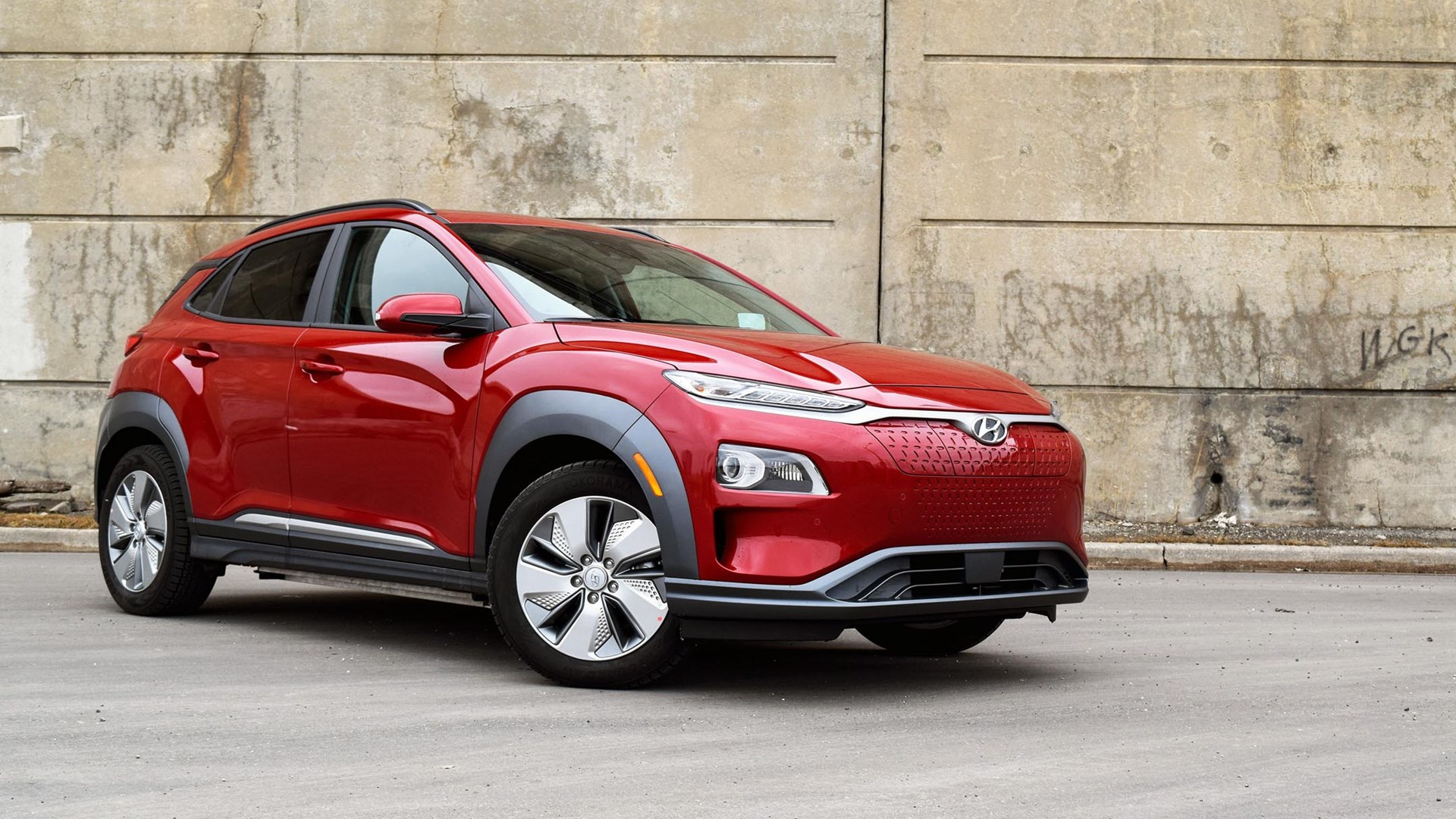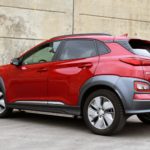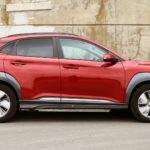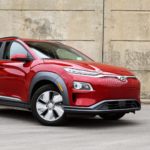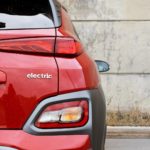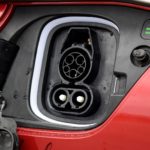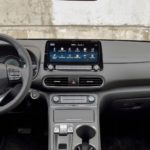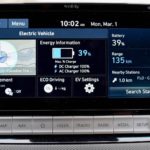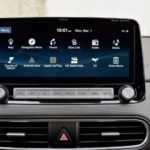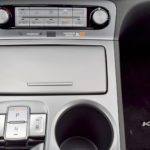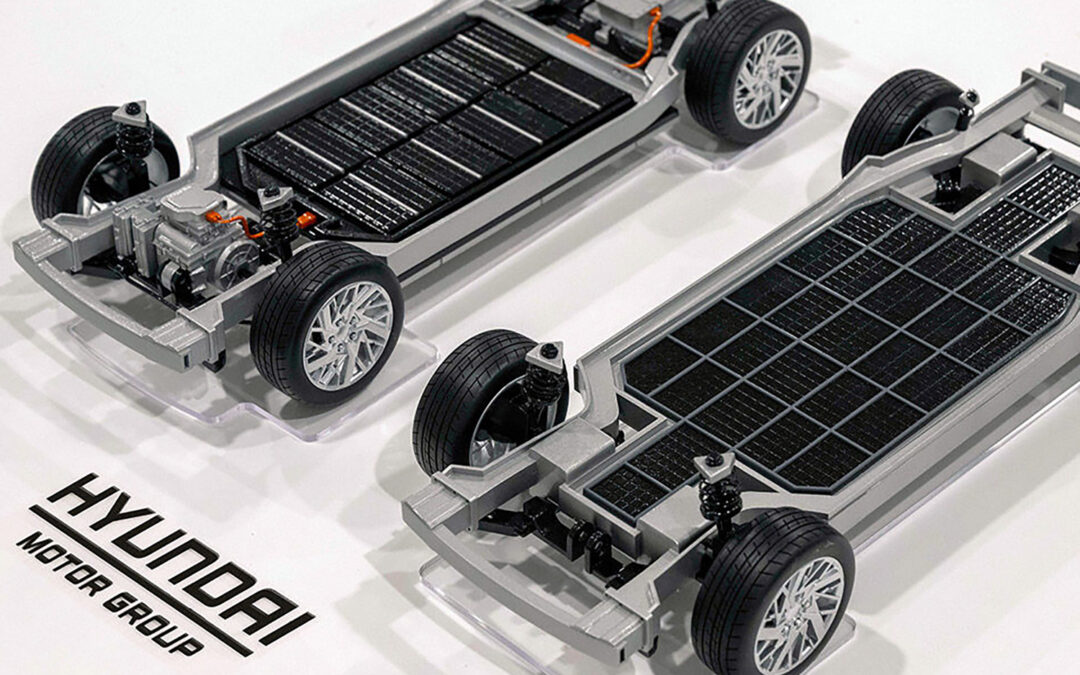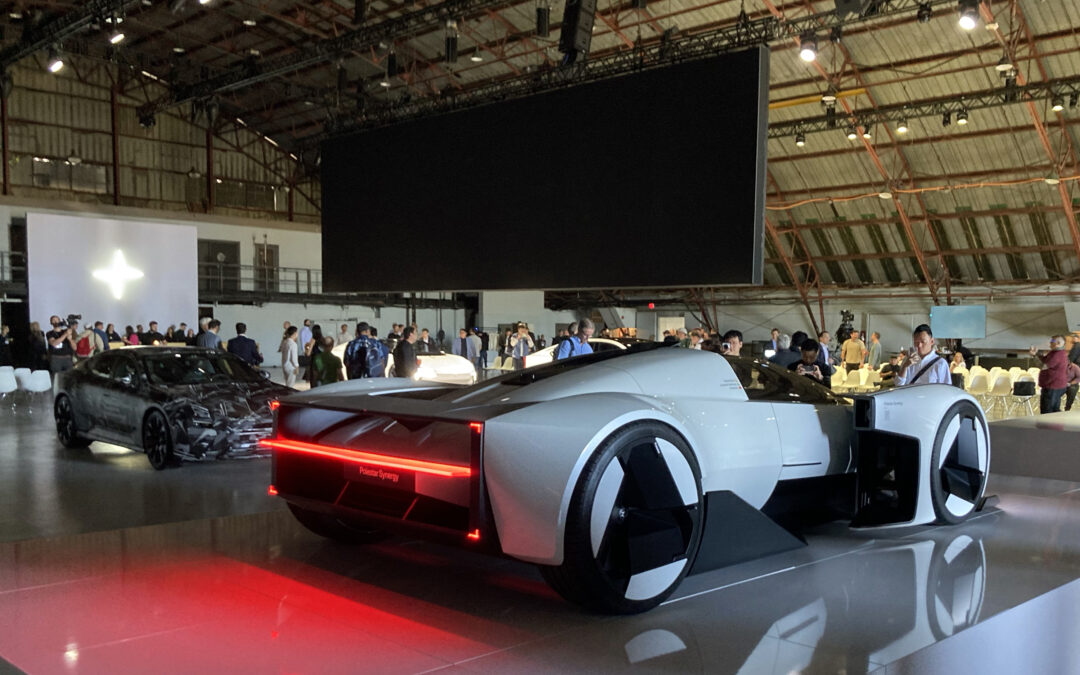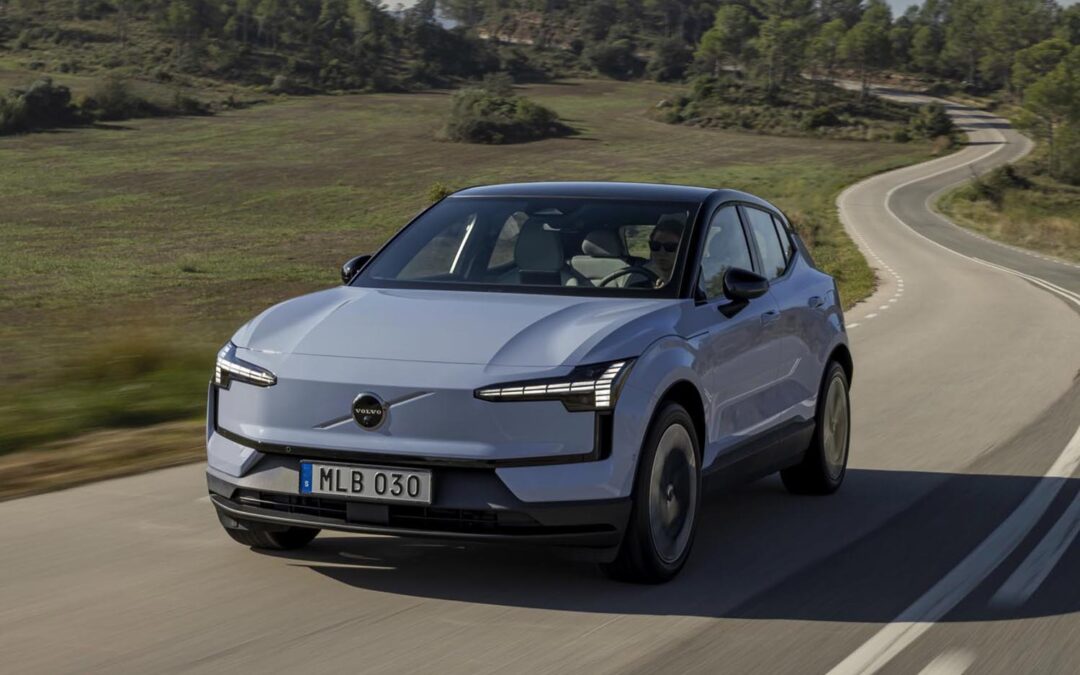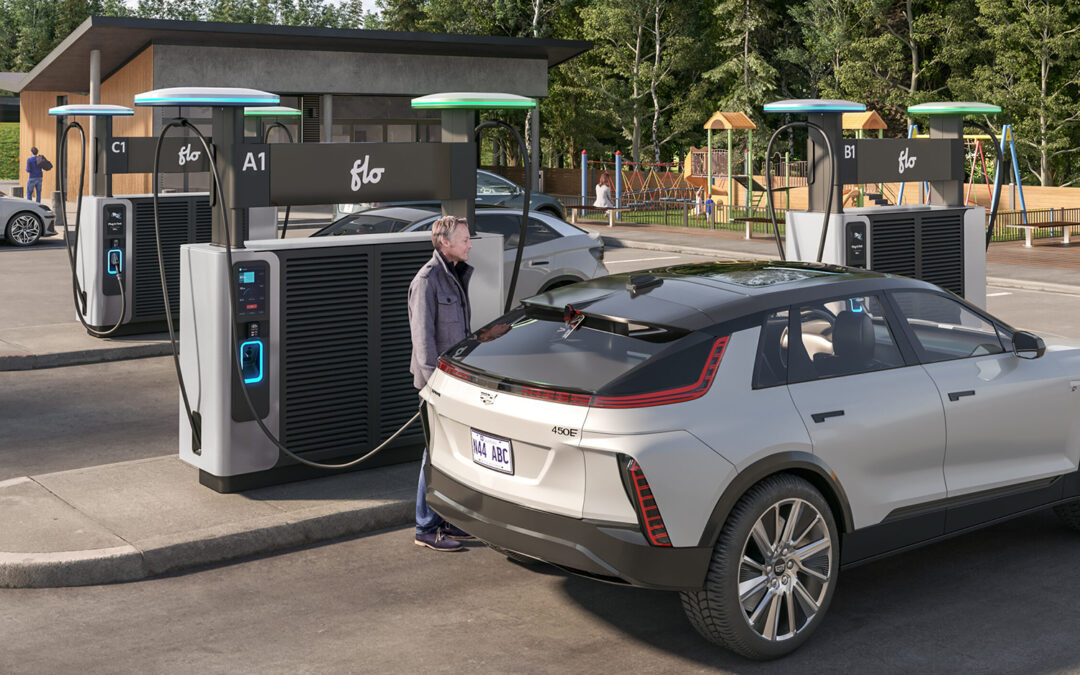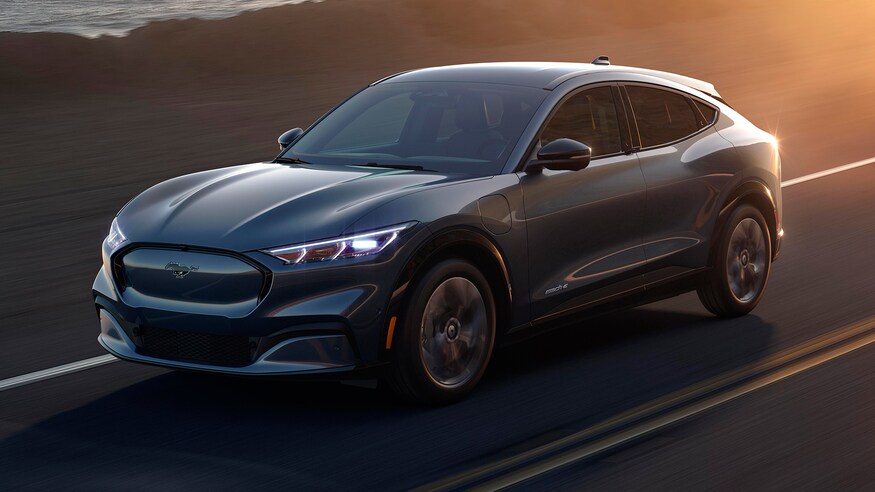Unlike conventional cars and crossovers powered by internal combustion engines, electric vehicles (EVs) have a reputation for being finicky.
Like Goldilocks, they prefer when conditions are just right – or so the rumour goes. But the 2021 Hyundai Kona Electric does its best to buck that trend, even in the middle of winter, with sub-zero temperatures doing little to impact this little crossover’s performance.
Power: 8/10
Under the hood of this battery-electric Kona is a motor with plenty of giddy-up, generating 201 hp and an impressive 290 lb-ft of torque. That’s more than enough to get you up to speed in a reasonable time and feels a bit quicker than the turbocharged gas model while remaining quiet and effective even on the highway.
Power delivery can be modified using the drive mode selector, with the eco and hidden eco+ modes dulling throttle response to extend the driving range. Eco+ has a top-speed limit of 90 km/h, making it useful in any situation outside of highway cruising, while the sport mode has the Kona chirp its front wheels with a firm press of the right pedal. While powerful, that sport mode in particular highlights an arbitrary wish for all-wheel drive, which may provide more confidence in the winter.
Fuel Economy: 8/10
That electric motor is paired with a 64-kWh battery, larger than what’s offered in the Chevrolet Bolt or the Nissan Leaf and Leaf Plus models. Natural Resources Canada (NRCan) rates it with a 415-km range.
Granted, the driving range drops along with the ambient temperature, and it plunges even further when you add winter tires to the equation. But then the same goes for any gas-powered vehicle, too. In my experience with the Kona Electric, range fell to about 370 km – around a 10 per cent drop. Other EVs have been known to lose as much as 50 per cent of their range depending on conditions, so the Kona’s isn’t too harsh in comparison.
Hyundai also nails the range expectations. It doesn’t plummet if you drive a little faster or perfectly time the regenerative braking, which helps to alleviate any range anxiety.
Finally, when it comes to recharging times, it takes about nine and a half hours to recharge the battery using a Level 2 charger. Depending on the charge rate, a DC fast charger will recharge the battery to 80 per cent in 45 minutes to an hour.
- 2021 Hyundai Kona Electric
- 2021 Hyundai Kona Electric
- 2021 Hyundai Kona Electric
- 2021 Hyundai Kona Electric
- 2021 Hyundai Kona Electric
- 2021 Hyundai Kona Electric
- 2021 Hyundai Kona Electric
- 2021 Hyundai Kona Electric
Driving Feel: 7.5/10
EVs are shedding the impression of being slow and boring to drive. The Kona’s excellent power delivery is one part of that solution, but the crossover is responsive and far more agile than expected. With a curb weight of 1,685 kg (3,715 lb), about 150 kg (331 lb) more than the top-of-the-line gas-powered Kona with all-wheel drive, the vehicle may seem a bit heavy, but it can change direction with ease.
Additionally, sometimes heavy EVs can thump on potholes or over speed bumps, trying in vain to manage the extra weight, but the Kona manages its composure well. The ride quality is solid, and the vehicle is mostly quiet, although there is noticeable wind noise at highway speeds.
There’s also an adjustable regenerative braking system that can be modified to provide more or less stopping power via paddles on the steering wheel. When using the eco modes, it even displays how much range you’re regenerating, which is a neat way to ease the stress of range anxiety.
Styling: 7.5/10
As much as Hyundai markets the Kona as a crossover, it’s more easily recognizable as a tall hatchback. Like the gas-powered version, it features body cladding, although less of it near the front end. It’s slightly taller and longer than the gas Kona, but the most significant visual differences are the lack of grilles on the fascia and the eco-friendly wheel design. The charging port is on the nose of the vehicle, and that encourages front-first parking into a public charging station, which isn’t always ideal.
Interior-wise, there is one key variation from the gas-powered model: the gear selector is an array of buttons rather than a conventional selector. When it comes to materials, the Kona is average, and there isn’t anything that will blow your mind, but also nothing that will feel outrageously cheap and flimsy. I would have liked to see more colourful accents in the cabin or something matched to the exterior, as Hyundai has shown in the past with other vehicles like the Veloster or Venue. It’s too bad that extra flair of personality is missing in the EV.
User Friendliness: 7.5/10
Hyundai has a pretty good grasp on the fundamentals of user interfaces. The touchscreen infotainment measures 10.25 inches, although lesser-equipped models use a seven-inch screen. I didn’t find the interface particularly frustrating, but if you are more familiar with Android Auto or Apple CarPlay, the Kona EV supports both standards.
Other controls are functional and predictable, with knobs and easy-to-press buttons to control the volume and HVAC settings. One more highlight is the gauge cluster, which is easy to read and puts information like driving habits and expected range in a colourful and easy-to-read layout.
Features: 8/10
As far as features you can’t see, the Kona Electric boasts a water-cooling system that helps keep the battery at its ideal operating temperature. The more electricity flows through the powertrain the hotter it gets, so that cooling system keeps it all properly conditioned. Additionally, there’s a heat pump to capture any excess heat from the battery, using it to keep the cabin and occupants warm.
Hyundai is also known to over-deliver on creature comforts and the Kona Electric packs it all in. My Ultimate example features a heated steering wheel and heated and ventilated front seats, although the cooling function did impact range more than the seat heaters. However, those in the rear seats aren’t treated to such luxuries, which are found in other subcompacts on the market like the gas-powered Kia Seltos.
Tech-wise, the vehicle also packs a wireless phone charger and a head-up display (HUD). Unfortunately, the HUD uses one of those flimsy plastic panels that aren’t as effective as a windshield projection system. The mid- and top-trim Kona EV comes with an upgraded sound system, which is a perfect complement to the quiet cabin.
Safety: 8/10
The Kona Electric is loaded with safety equipment, too, and even base models come with features like lane-keeping assistance and forward collision warning. Stepping into the mid-grade Preferred trim, the Kona gains adaptive cruise control, blind-spot monitoring with rear cross-traffic alert, and rear parking sensors. The forward collision system also gains pedestrian detection, and the vehicle picks up on inattentive drivers, suggesting they take a break if they’re showing signs of tired or distracted driving.
- 2021 Hyundai Kona Electric
- 2021 Hyundai Kona Electric
- 2021 Hyundai Kona Electric
- 2021 Hyundai Kona Electric
- 2021 Hyundai Kona Electric
- 2021 Hyundai Kona Electric
- 2021 Hyundai Kona Electric
Comfort: 7/10
A soft ride along with moderately cushy seats means the Kona is a comfortable vehicle and good enough for the daily commute. The leather seats are just adequate: they aren’t that soft and aren’t particularly high-end. The headroom in the Kona Electric isn’t very generous either, and the rear legroom is worse. Those looking for a more spacious electric vehicle should check out the Kia Soul EV.
The HVAC systems in EVs can also have a huge impact on driving range, but the Kona Electric has a driver-only mode that will save energy rather than waste it on non-existent passengers. There’s also a heating function that has a negligible impact on the range. Finally, it helps to have those available climate-controlled seats, which also don’t eat into the range as much as using the fans to condition the cabin.
Practicality: 7.5/10
Cargo room is one of the Kona electric’s advantages, with 544 L of space when the seats are up. It doesn’t necessarily improve massively when the seats are folded, but you still get a useful 1,296 L. While passenger space is limited, the Kona makes up for it with the ability to haul more than enough groceries and goodies.
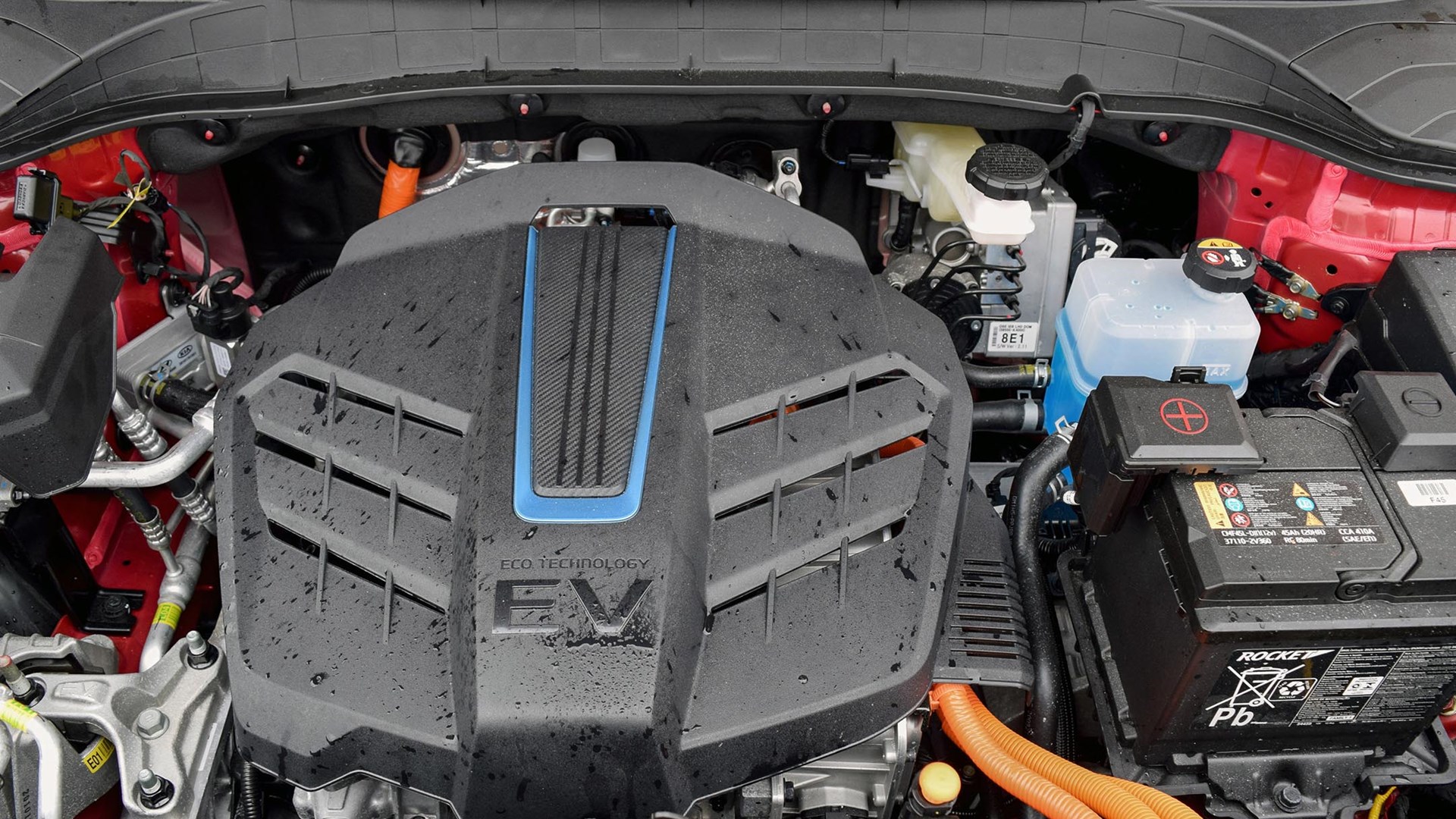
2021 Hyundai Kona Electric
Value: 7/10
The starting price of the Kona Electric Essential trim is a reasonable $44,999 not including a $1,825 destination fee. The Preferred trim is an extra $1,150, which is a better deal as it includes the heat pump to regulate the battery in cold weather in addition to adaptive cruise control and other safety gear. The top-trim Ultimate, meanwhile, is $53,149 and is ideal for those who like all the luxuries and features like the larger touchscreen and vented seats. The federal government offers an EV rebate worth as much as $5,000, while British Columbia and Quebec offer their own tax breaks as well).
The Verdict
In all, the 2021 Hyundai Kona Electric should meet the standards of most Canadian EV shoppers, but there are areas where it could be improved. More passenger room or personality within the cabin would do wonders in making this vehicle stand out further in this segment.
While Hyundai boasts a 415-km range, customers should be able to consistently drive that far between charging – or at least close to it, particularly in the trims that come with that heat pump. While the all-electric driving range of most electric vehicles suffers in the cold weather, the Kona’s losses were far less than other vehicles.
While it’s not the most spacious, the Kona is a blast to drive, and well equipped. With a reasonable price, in addition to the available incentives, the electric Hyundai is a safe choice for EV shoppers.
Competitors
- Chevrolet Bolt EUV
- Kia Niro EV
- Kia Soul EV
- Tesla Model Y
Specifications
| Engine Displacement | 150 kW motor | Model Tested | 2021 Hyundai Kona Electric Ultimate | |
|---|---|---|---|---|
| Engine Cylinders | n/a | Base Price | $53,149 | |
| Peak Horsepower | 201 hp | A/C Tax | $100 | |
| Peak Torque | 290 lb-ft | Destination Fee | $1,825 | |
| Fuel Economy | 16.2 / 19.3 / 17.4 kWh/100 km (1.8 / 2.2 / 2.0 Le/100 km) cty/hwy/cmb; 415 km range | Price as Tested | $55,074 | |
| Cargo Space | 544 / 1,296 L seats down | |||
| Optional Equipment | None | |||
This article was originally published on AutoTrader.ca
